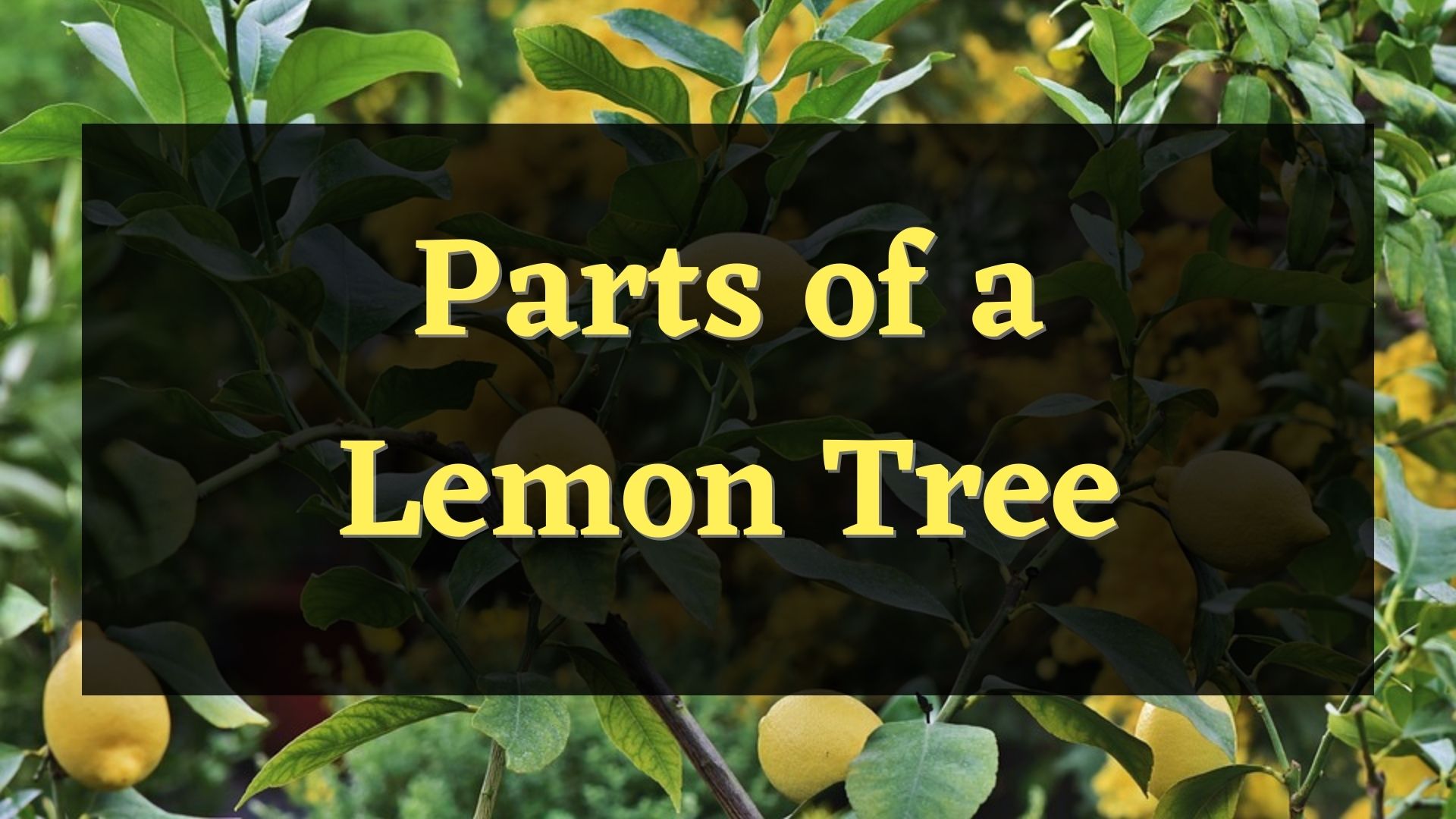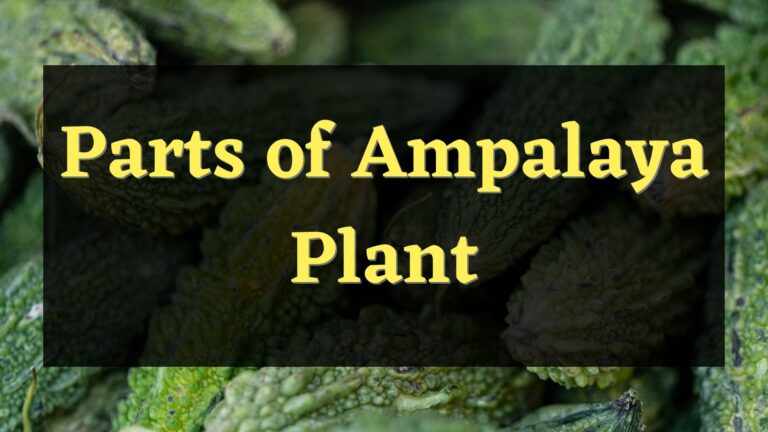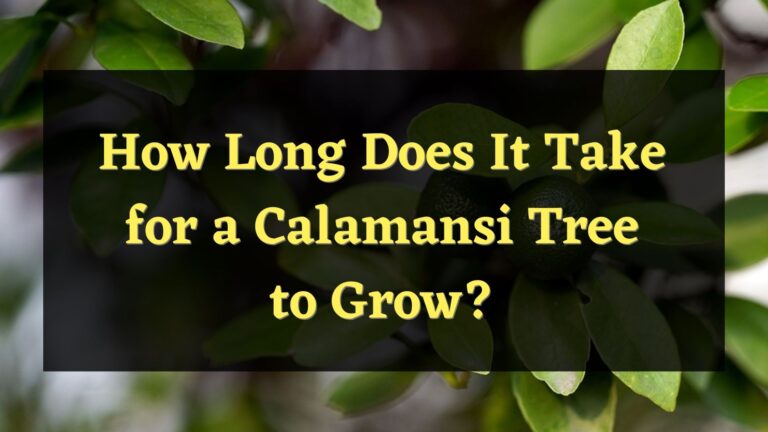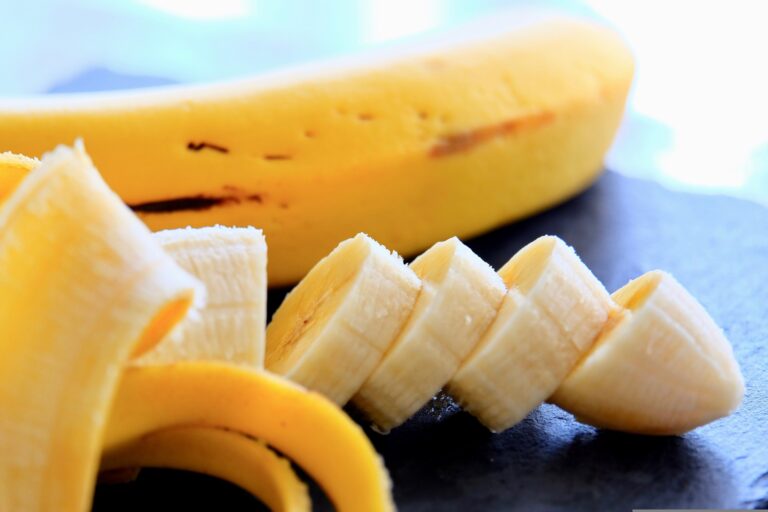Are you curious about the parts of a lemon tree? In this blog post, I will write about all of its parts and their functions that are vital for the tree’s growth, survival, and reproduction. I will list every part one by one and add general information about them so that by the end of this article, you will have learned everything about the parts of this tree.
What are the parts of a lemon tree?
Crown
The crown of the lemon tree is the top part of the tree. This part features the twigs that sprout from the branches and support the leaves, flowers, and fruits. All of the parts of the tree that are on the top; leaves, flowers, twigs, and fruits are what make the crown.
Twigs
The twigs of a lemon tree are very thin and sprout from the tree’s branches. These twigs hold the petiole of the lemon tree’s leaves. It also holds the lemon tree’s flowers and soon to be fruits. A lemon tree’s trunk acts as an endpoint that delivers the minerals from the roots up to the lemon tree’s leaves.
Leaves
A lemon tree leaf is small in size and oblong in shape which is sometimes pointy at the non-stem end. This small tree produces vibrant green leaves that grow on the lemon tree’s branches. It also has a central stem that has small veins that spread throughout the entire lemon leaf. These leaves persist year after year and eventually fall after 2 to four years and are replaced with a new set of leaves. A fresh lemon leaf can also be used as a garnish and is sometimes used as a bedding or wrapper for dishes.
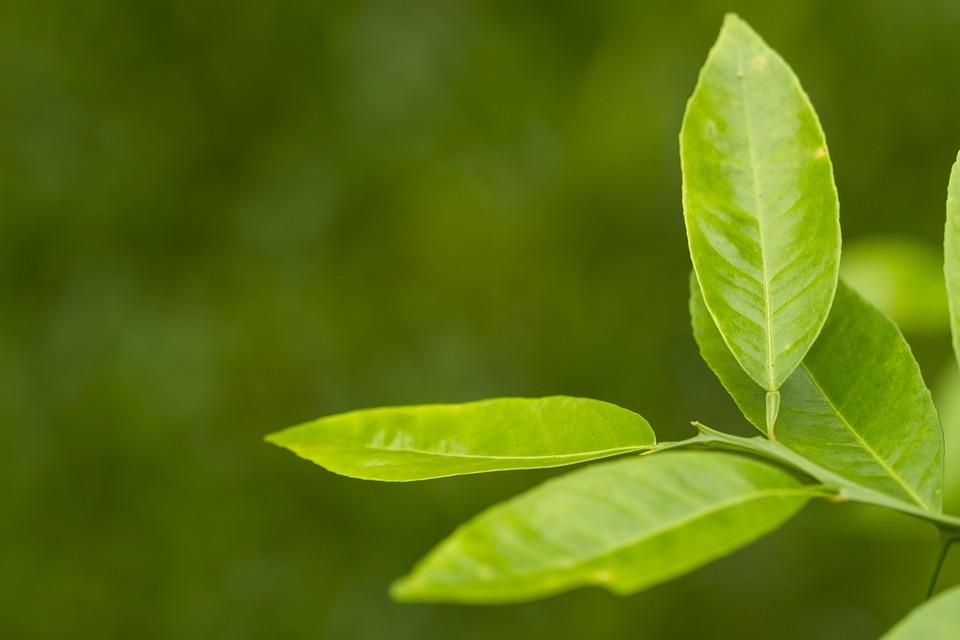
These thick leaves’ main function is to make food for the tree. It combines the water, carbon dioxide, and the energy that it absorbs from the sun to make food for the whole lemon tree. The abundance of leaves is an indication that your lemon tree is growing healthy and will bear abundant flowers.
Flowers
The lemon flowers are very tiny and smooth. These parts come in two different colors, pink and white, and both have yellow anthers no matter the color of their petals. A lemon flower consists of 4 to 7 lobes. These lobes are elongated with a curved end. A lemon flower can also be made as a tea, or garnish, and can even be added to salads. It has a definite citrus aroma and can be sweet and pungent which is very compatible with sweet and savory dishes.
Over time, these flowers turn into what we know, as lemon fruit. It is estimated that a lemon fruit ripens between 4 to 12 months after the flower blossoms.
Fruits
The fruit of the lemon tree is the very reason why we plant lemon trees. Its yellow fruit is used in dishes and even for non-culinary purposes. A lemon fruit has a thick yellow skin that gives off a special aroma once cut or peeled. Inside the fruit is the pulp that is pale, yellow-colored, juicy, and acidic. It has a distinctive sour taste that is often made as a key ingredient in drinks and food such as lemonades and lemon pies.
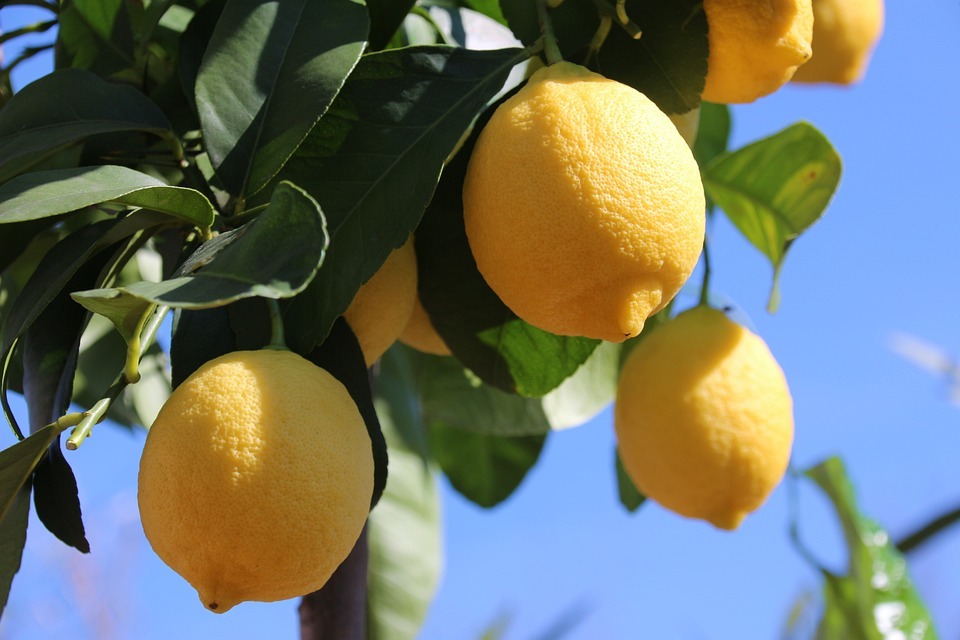
Each fruit of a lemon tree produces five to 10 seeds that can be used for the plant’s reproduction.
Anchor system
These are the parts of the lemon tree that physically support the whole body of the tree. It is the main reason why the lemon tree can stand above ground. The roots are the ones that act as an anchor for the branch so that it can stand and support the whole body of the lemon tree. Its trunk also acts as the anchor for the branches that sprout from the trunk’s sides. And the branches of this tree are the ones that hold the twigs that support the leaves, flowers, and fruits of it.
Roots
As the size of a lemon tree is not that big compared to other trees, its root also is a bit smaller in comparison to other tree roots. Its roots are thinner compared to the other trees and can only reach modest soil depth. Although it spreads wide in all directions, it can only bury itself shallowly, just up to 24 inches deep from the surface.
The main purpose of the lemon tree’s roots is to suck water and minerals from the soil to be distributed to the other parts of the lemon tree. It is a very important part as its growth and development depend on its roots.
Trunk
A lemon tree has a thin and small trunk that supports the whole crown of the tree. The main responsibility of the trunk of a lemon tree is support. The trunk stores the water and minerals that the roots absorb from the soil and acts as the main distributor of these minerals to every part of the tree.
Branches
The lemon tree’s branches are very thin and have small twigs that stick out on them. These support the twigs, which in turn support the plant’s leaves, flowers, and fruits. It also aids the trunk in distributing the necessary nutrients that the lemon tree needs.
Seeds
The seeds of a lemon tree come from its fruit. It is small in size and has a round to oval shape with a point at the end. It is light yellow in color and turns brown as it ages. The seeds are a vital part of a lemon tree’s reproduction. The lemon tree seeds can germinate and turn into a seedling that can be planted to reproduce a young lemon tree.
Conclusion
Lemon tree parts have very different characteristics from each other. They also have different responsibilities but ultimately have one goal, to help the tree’s growth and keep the lemon tree healthy. All of the parts of this tree are also considerably smaller in comparison to other plants as they are also small in size.
Meet Tomas Clayton, a seasoned plant gardener who has been passionate about horticulture since he was a child. Tomas John developed a love for the natural world and a strong appreciation for the beauty of plants while growing up on a farm.

